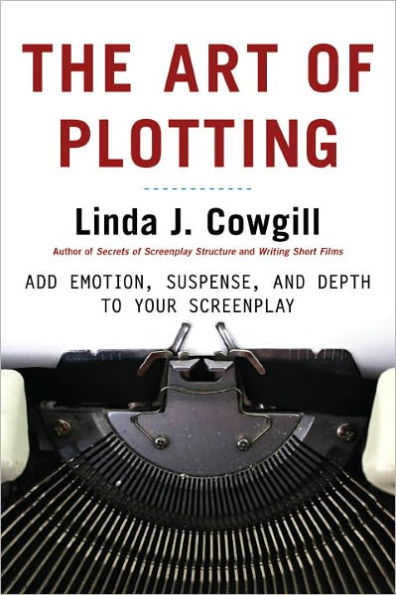The complete, clear guide to creating compelling plots for film
-Integrate plot, characterization, and exposition to make stories real
- Examples from new and classic movies examine great plots in action
Plot must be as much about the emotions of the characters as it is about the events of the story.
That’s the message of The Art of Plotting, which teaches screenwriters how to integrate plot, characterization, and exposition to make stories compelling. Using examples from recent and classic movies, author Linda J. Cowgill demonstrates how the plot springs naturally from the characters--and how that technique makes audiences connect with the story on a more intimate level. Examples include American Beauty, Shakespeare in Love, Erin Brockovich, Spider-Man, Chinatown, Jaws, and more. Easy exercises reveal common plot problems and help writers overcome them. Clear and easy to understand and to use, The Art of Plotting shows exactly how great plotting evolves from characters caught in life-changing conflicts--and how to create great plots driven by that idea.



